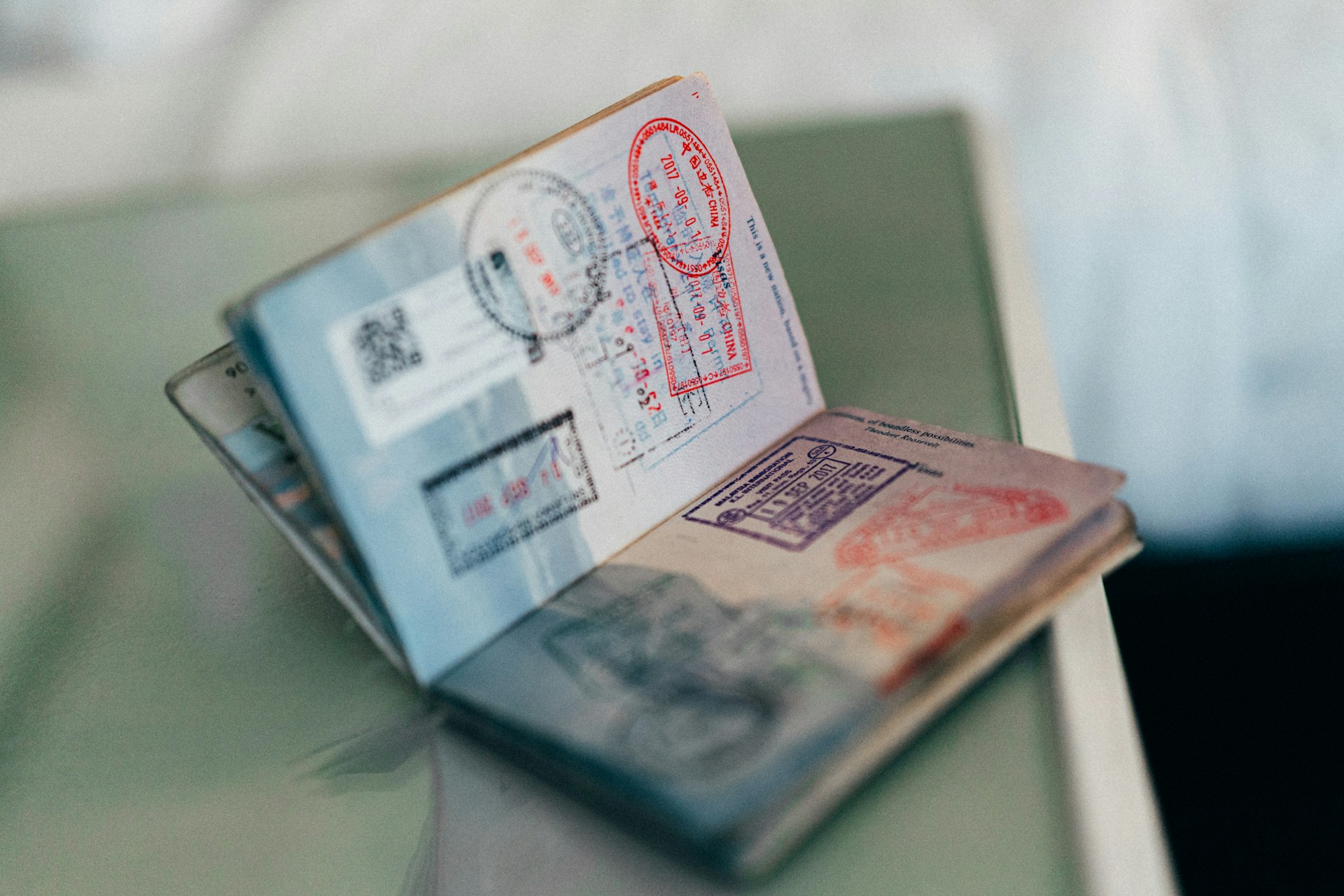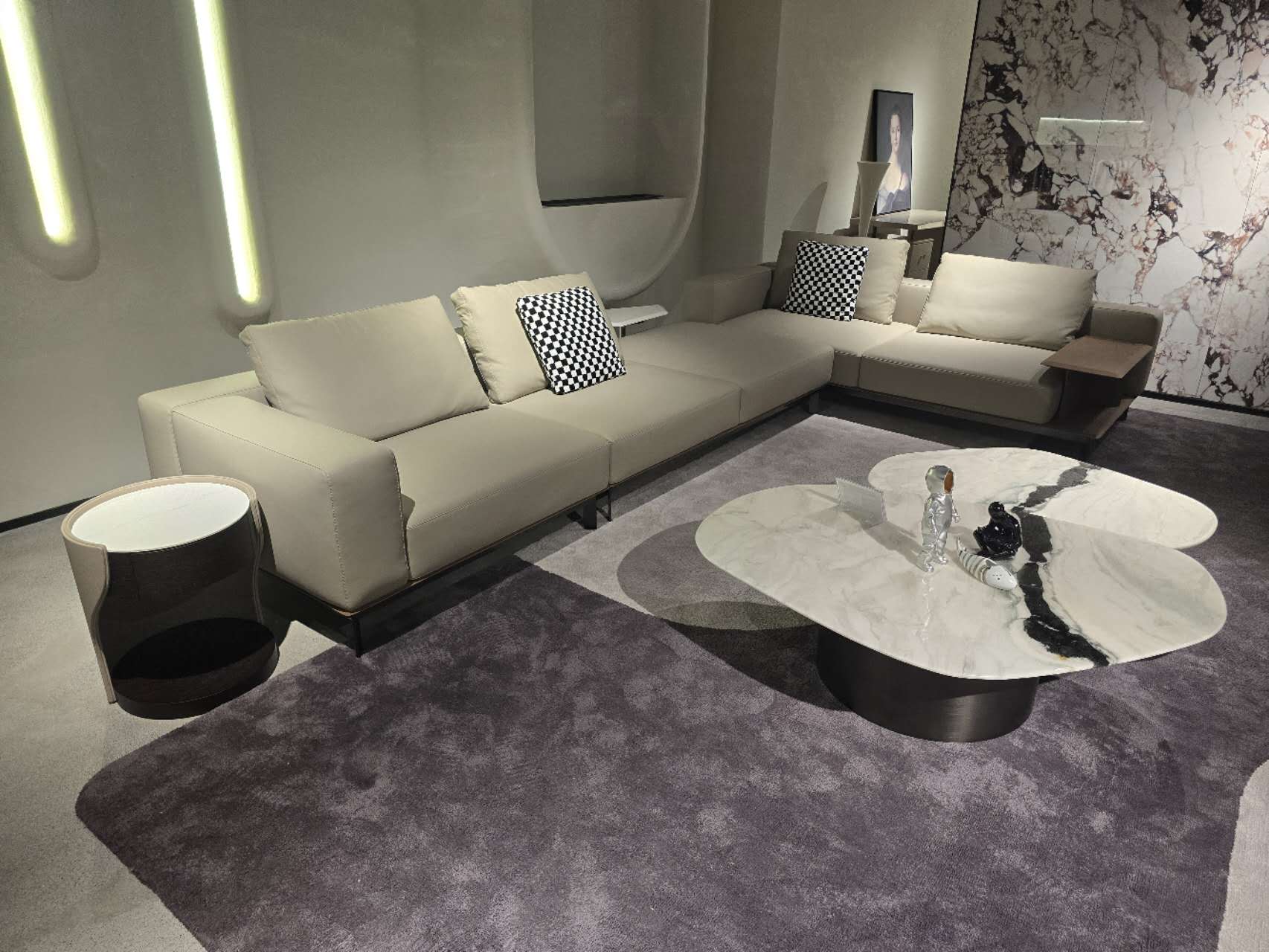Guangdong, home to cities such as Guangzhou, Foshan, Jiangmen, and Dongguan, boasts the world's most extensive selection of furniture. Here you will find furniture manufacturers and vendors of all kinds. For example, the large furniture malls located in Foshan’s Shunde district are famous worldwide and many foreign buyers come here every year to shop furniture and more. But furniture sourcing trips can be a daunting task for many, but with proper planning and preparation, it can become a successful venture. In this article, we will outline 8 essential steps to help you prepare for your furniture sourcing trip in China. From setting clear objectives to researching suppliers and establishing a budget, these steps will guide you through the process of finding the perfect pieces for your project or business. Whether you are an interior designer looking for unique pieces or a retailer searching for the best deals, following these steps will ensure that your furniture sourcing trip is both efficient and productive. So grab your notebook and pen, and let's get started on preparing for your next furniture sourcing adventure!
Sort your Project Information
- Create folders: Organize all relevant documents, inspirational images, and product specifications into separate folders on your computer or in a physical file system.
- Label clearly: Clearly label each folder with the project name or category to easily locate information when needed.
- Use spreadsheets: Utilize spreadsheets to keep track of pricing, lead times, and contact information for vendors. This will help you stay organized during the sourcing process.
- Make notes: Take detailed notes during meetings with vendors or while viewing products so you can refer back to them later on.
By sorting your project information effectively, you will streamline the furniture sourcing trip preparation process and have all necessary details at your fingertips when making decisions. Stay organized to ensure a successful and efficient sourcing experience throughout your project. Also decide on your design approach before you buy furniture in China: There are multiple ways to furnish your apartment.

Create a shopping list with references
Before embarking on your furniture sourcing trip, it's essential to create a detailed shopping list. This list should include all the items you need for your home or project, along with any specific requirements such as size, color, or style. Be sure to measure the spaces where the furniture will go so you can accurately assess if each piece will fit.
In addition to creating a basic shopping list, it's helpful to gather inspiration and references from magazines, websites, or social media platforms like Pinterest. Having visual aids can guide your search and help you communicate your preferences effectively to suppliers or designers. Take note of specific pieces or styles that catch your eye so you can keep an eye out for similar items during your sourcing trip.
Once you have compiled all necessary information and references, organize them into categories based on room type (e. g., living room, bedroom) or item type (e. g., sofa, dining table). This systematic approach will streamline your shopping experience and ensure that every aspect of your furniture needs is covered during the sourcing trip.
Setting a Budget and Establishing Goals
- Create a budget: Before embarking on your furniture sourcing trip, it is crucial to determine how much you are willing to spend. Consider all expenses including transportation, accommodation, meals, and of course, the cost of purchasing furniture. Be realistic about what you can afford and stick to your budget throughout the trip.
- Establish goals: Define what you hope to achieve during your furniture sourcing trip. Whether it's finding specific pieces for a new project or discovering unique items for your inventory, setting clear goals will help guide your decisions while shopping. Make a list of must-have items and prioritize them based on importance and budget constraints.
- Stay flexible: While having a budget and goals in place is essential, it is also important to remain adaptable during the sourcing process. Unexpected opportunities may arise that could lead to great finds within your set parameters or even outside of them. Keeping an open mind will allow room for serendipitous discoveries that could enhance your overall sourcing experience.
Organize your trip and apply for a visa
- Plan ahead: Begin by determining the dates of your trip and creating an itinerary that includes visits to furniture suppliers. Make sure to book flights and accommodations well in advance to secure the best rates.
- Apply for a visa: Check the visa requirements for China and start the application process early. Make sure you have all necessary documents, such as invitation letters from suppliers or proof of accommodation, ready for submission.
- Stay organized: Keep all travel documents, including flight tickets, hotel reservations, and visa papers in one place for easy access during your trip. Double check that you have everything you need before departing to avoid any last-minute setbacks.

Researching the Furniture Market in Guangdong
- Understand the Market Trends: Before embarking on your sourcing trip to Guangdong, research the current trends in the furniture market. Look at popular styles, materials, and colors to ensure you are up to date with consumer preferences.
- Identify Key Players: Make a list of the top furniture manufacturers and suppliers in Guangdong. Research their product offerings, pricing strategies, and reputation within the industry to help guide your sourcing decisions.
- Gather Pricing Information: It's essential to have an idea of the average pricing for different types of furniture pieces in Guangdong. This information will help you negotiate fair prices with suppliers during your visit.
Creating a Detailed Itinerary
- Research Ahead of Time: Before your furniture sourcing trip, research the locations you plan to visit and create a detailed itinerary. Include addresses, contact information, and operating hours for each stop on your list.
- Prioritize Stops: Decide which stores or manufacturers are a priority for your trip based on the type of furniture you are looking for. Arrange your itinerary in a way that makes sense logistically, considering factors like proximity and opening times.
- Leave Room for Flexibility: While having a detailed itinerary is important, it's also essential to leave room for flexibility. Unexpected delays or discoveries may arise during your trip, so be prepared to make adjustments as needed to ensure you make the most of your time sourcing furniture effectively.
Contacting and Preparing to Visit Suppliers
- Reach out: Begin by contacting potential suppliers via email or phone to schedule appointments for your visit. Alternatively, reach out to us, so we can prepare your trip together with you.
- Request information: Ask for product catalogs, price lists, and any other relevant details beforehand to prepare for discussions during your visit.
- Plan ahead: Create a detailed itinerary with scheduled visits to maximize efficiency and make the most out of your sourcing trip.
Before setting off on your furniture sourcing trip, it is crucial to establish communication with suppliers and gather necessary information. By reaching out in advance, requesting details, and planning your visits meticulously, you can ensure a productive and successful sourcing experience.

Understanding Cultural Differences and Business Etiquette
- Research cultural norms: Before embarking on your furniture sourcing trip, take the time to research the cultural norms of the country you will be visiting. Understanding etiquette around business meetings, greetings, gift giving, and dining can help you navigate interactions more smoothly.
- Dress appropriately: In many cultures, dressing conservatively is important when conducting business. Make sure to pack appropriate attire for meetings and events during your trip. This shows respect for the culture you are visiting and can help build trust with potential suppliers.
- Communicate effectively: Be mindful of language barriers and communication styles in different cultures. Speak clearly and at a moderate pace to ensure understanding. Additionally, avoid slang or idioms that may not translate well across languages. Taking these steps will help facilitate successful business relationships during your furniture sourcing trip.
Packing and Bringing Essential Tools and Materials
- Make sure to pack measuring tape, a notebook, pen, and a camera or smartphone for documenting potential furniture pieces.
- Bring along fabric swatches or paint samples to ensure that new pieces will match existing decor.
- Don't forget to bring business cards in case you come across any potential suppliers.
Remember, being prepared with the right tools can make your furniture sourcing trip more efficient and successful.
Ensure that all essential tools are easily accessible throughout your journey.
Following Up and Evaluating Your Trip's Success
After returning from your furniture sourcing trip, it is crucial to follow up on the leads you gathered. Reach out to the suppliers you met with, send thank-you notes, and express your interest in potential collaborations. This shows professionalism and keeps the lines of communication open.
Evaluate the success of your trip by comparing it against your initial goals and expectations. Did you meet with all the suppliers you wanted to? Did you find new sources for unique furniture pieces? Assess whether the trip was worth the time and money invested.
Make notes of any lessons learned during your trip that can help improve future sourcing expeditions. Consider what worked well and what could have been done differently for a more efficient experience next time. Keep track of any new contacts made, pricing information obtained, or market trends identified for future reference.





